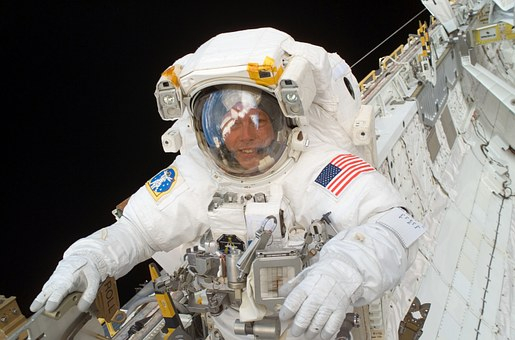Chris Hadfield, the former commander of the International Space Station, previously explained in a video what would happen to the tears of a person crying in space. Through a demonstration, the retired astronaut was able to show how space's microgravity conditions affect the flow of tears.
Hadfield was a former astronaut for the Canadian Space Agency. Aside from being known as the first Canadian to conduct a spacewalk, he is also recognized as commander of the ISS for Expedition 35, which started in 2012.

Simulating Tears In Space
While working and living aboard the space station during the duration of his mission, Hadfield made a series of videos showing what life on the ISS looks like. In one of these videos, Hadfield demonstrated what would happen if a person cries in space. Since Hadfield can't cry on command, he used a container filled with drinking water to simulate his tears.
Through the container's nozzle, Hadfield squirted a few drops of water onto his left eye to make it look like he was crying. Normally, tears would roll down a person's cheek while crying. But, in space, the drops of water from the container stuck together and just stayed on Hadfield's face.
How Crying Looks In Space
The astronaut then began to add more drops of water to his face. Eventually, due to the microgravity conditions aboard the ISS, a big ball of water began to form on Hadfield's face. The ball of water moved around the astronaut's face as he shifted his head. According to Hadfield, if a person continues to cry in space, the ball of water or tears will just get bigger until it is wiped off.
"My eye is full of tears, but you can see it just forms a ball on my eye," Hadfield said in the video. "In fact, I can put more water in and so if you keep crying, you just end up with a bigger and bigger ball of water in your eye until eventually it crosses across your nose and gets into your other eye or evaporates or maybe spreads over your cheek or you grab a towel to dry it up."









